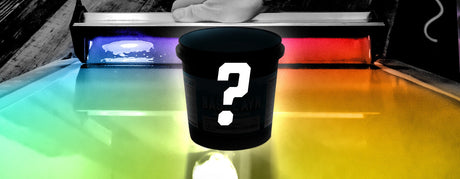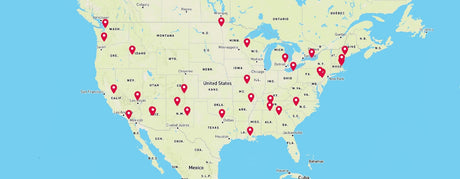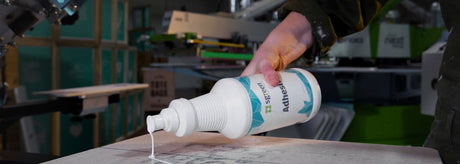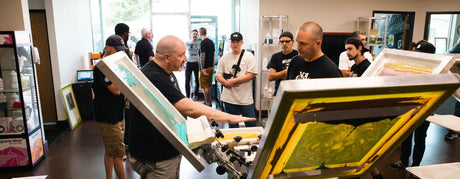
Which Emulsion is Right for Me?
Learn how to choose the right screen printing emulsion for your inks, exposure unit, and darkroom. Compare photopolymer, diazo, and hybrid options, then match emulsions to your setup with practical...
Free Shipping in the Con. US Learn More

Learn how to choose the right screen printing emulsion for your inks, exposure unit, and darkroom. Compare photopolymer, diazo, and hybrid options, then match emulsions to your setup with practical...

Tour merch is more than a table of tees. It is logistics, forecasting, late approvals, venue settlements, and quick pivots. In Shirt Show episode 272, Dylan sits down with Angel...

Being part of something bigger than yourself is a good feeling. It’s reassuring to know there are people to support you and have some extra exposure to the digital world...

If you're a screen printing enthusiast looking to up your game, you're in the right place! Colin, the screen printing guru, has taken a deep dive into some of the...

You got all your screen printing equipment and supplies set up at home. You've printed out some designs for your brand. You're ready to show the world what you can...

Decided you're ready to kick the aerosol can? Don't blame you. Who wants to inhale chemicals from a spray adhesive? Plus, a spray adhesive gets everywhere — you, your glasses (if you wear...

You've decided you want to live print, and you've got your first gig set up. Next step, figuring out what to bring. Knowing what to bring will depend on many...

Reclaiming isn’t the most fun part of the screen printing process. With all the scrubbing, waiting, rinsing, and scrubbing some more, it can become a tiresome task. It doesn’t have...

Every printer wants to save time and cash, right? Most screen printers know the most common time-saving hacks: optimizing print setup, keeping a stock of burned screens handy, and getting...

Emulsion remover removes emulsion. Seems simple, right? This chemical reclaims stencils faster with a concentrated emulsion remover solution. The chemistry breaks down emulsion when applied to a screen, and can be used in...

Each printer has their own unique story of why they got into screen printing. Some wanted to start their own clothing line. Others found it as a way to make...

It’s no secret that lasers are cool. They’re not just for laser tag or entertaining cats. Screen printers can take advantage of laser precision using a laser guiding system to line up...

Figuring out exposure times is one of the most difficult tasks in screen printing. If you're struggling, you're not alone. The best thing you can do is invest in a 21-Step...